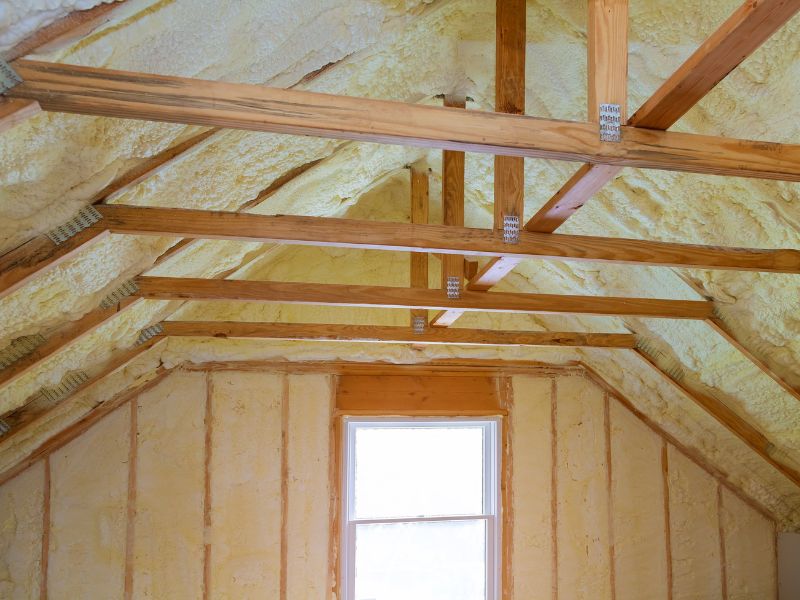Energy conservation and sustainability are becoming increasingly crucial, understanding the role of insulation in energy efficiency is paramount. Insulation is the unsung hero in the battle against energy waste, helping consumers save money while reducing their environmental footprint. We’ll review the significance of insulation, delve into different types, and highlight best practices for consumers to maximize energy efficiency in their homes.
The Significance of Insulation:
Insulation acts as a barrier against the exchange of heat, keeping indoor spaces comfortable by minimizing the transfer of heat between the interior and exterior of a building. This translates into significant energy savings, as a well-insulated home requires less heating in winter and less cooling in summer. Beyond reducing energy bills, effective insulation contributes to a lower carbon footprint and a more sustainable lifestyle.
Types of Insulation:
Fiberglass Insulation: Composed of fine glass fibers, fiberglass insulation is one of the most common types. Available as batts, rolls, or loose-fill, it is versatile and can be used in walls, ceilings, and attics.
Cellulose Insulation: Made from recycled paper products, cellulose is an eco-friendly option. Its dense composition provides excellent insulation and is often used in walls and attics.
Spray Foam Insulation: This expanding foam seals gaps and crevices, providing a highly effective barrier. Ideal for hard-to-reach areas, spray foam insulation offers excellent thermal performance.
Reflective Insulation: Consisting of reflective foil, this type of insulation reflects heat away. Commonly used in attics, it helps keep spaces cool in hot climates.
Best Practices for Consumers:
Assess Your Home’s Needs: Conduct a thorough assessment of your home to identify areas with insufficient insulation. Focus on attics, walls, floors, and basements as these are common areas where energy loss occurs.
Choose the Right Insulation Type: Consider the climate in your region and choose insulation that suits your specific needs. Consult with professionals to determine the most effective type for your home.
Ensure Proper Installation: Proper installation is crucial for insulation effectiveness.Hiring certified professionals ensures that insulation is installed correctly, minimizing gaps and ensuring a tight seal.
Seal Air Leaks: In addition to insulation, sealing air leaks is essential for optimal energy efficiency. Caulk and weatherstripping can be used to seal gaps around windows, doors, and other openings.
Regular Maintenance: Periodically check the condition of your insulation to ensure it remains effective. Replace or add insulation as needed, especially if you notice signs of wear or damage.
Investing in quality insulation is an investment in both your wallet and the environment. By understanding the different types of insulation and adopting best practices for installation and maintenance, consumers can create a more energy-efficient home, reducing their ecological impact while enjoying the comfort of a well-regulated indoor environment. Embrace the power of insulation and take a step towards a more sustainable and cost-effective living space.






